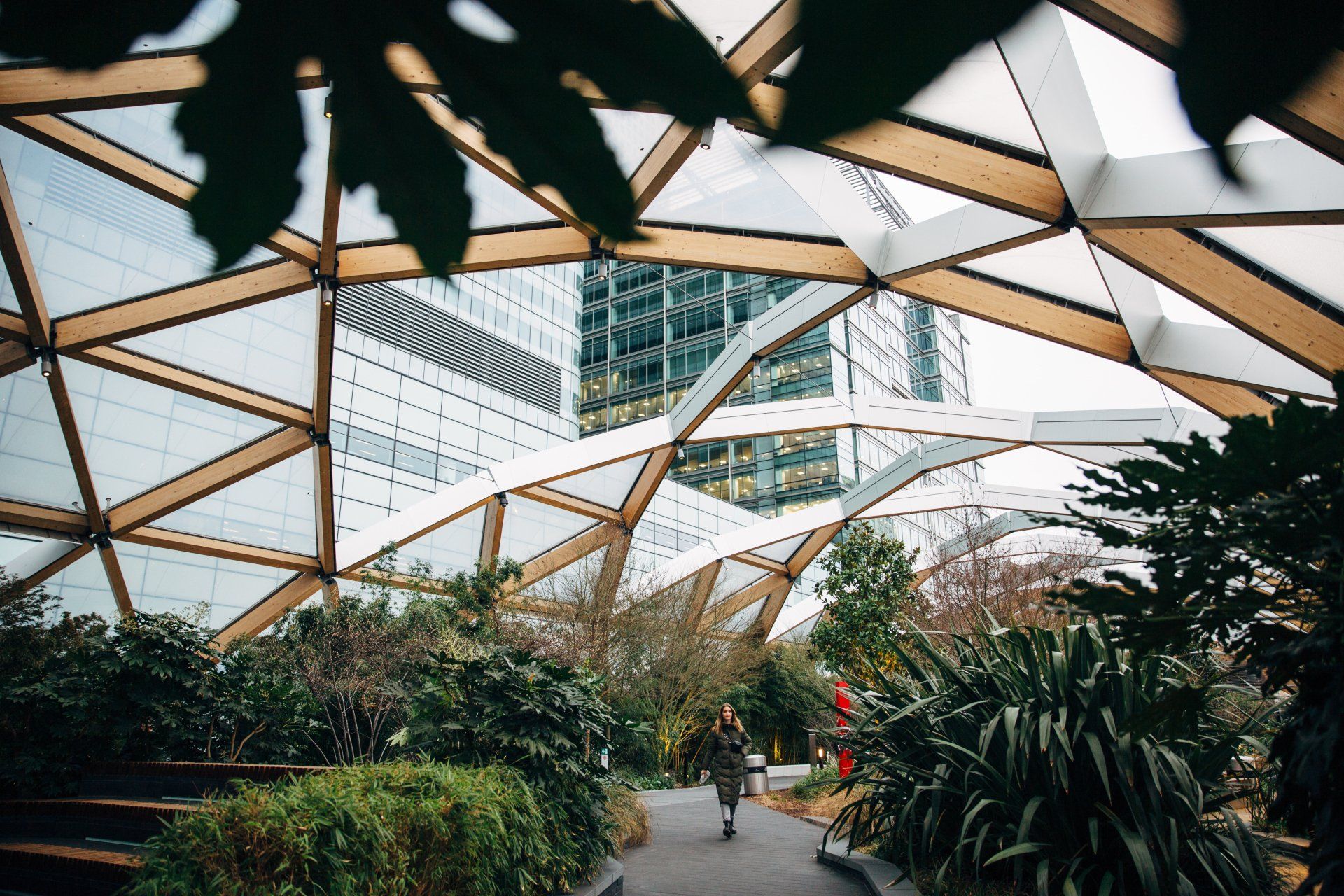The Government’s Department for Business, Energy, and Industrial Strategy (BEIS) publishes statistics regarding the combination of energy sources used to meet the UK’s energy needs. According to BEIS the share of the UK’s electricity generated from renewables was 44.6% during the second quarter of 2020 - between April and June. Over this period renewable energy sources had the second-highest recorded share of the energy mix on its published data set.
Declining generation of fossil fuels
Low carbon electricity
Data also found that low carbon electricity accounted for 62.1% of electricity generated, 9.3% higher than in the same period last year. Low carbon energy comes from four main sources wind, solar, hydro, and nuclear. As the share of energy generation from nuclear was similar in both years, the increased share of low carbon electricity has been attributed to the increased energy generated from renewable sources by BEIS.
Future net zero
The increase in the share of energy generated from renewable sources is promising for achieving the UK government’s target to bring greenhouse emissions to net-zero by 2050. Generating renewable energy is crucial to meeting this target, as it’s the most sustainable and environmentally friendly way to produce energy.
British Gas Business energy mix
At British Gas Business our electricity energy mix is 76% renewable energy, higher than the UK average of 38%. We also offer a green tariff to businesses – with electricity supplied being generated from renewable sources. Find out how your business can switch to a green energy plan and help create a more sustainable future for energy below.




